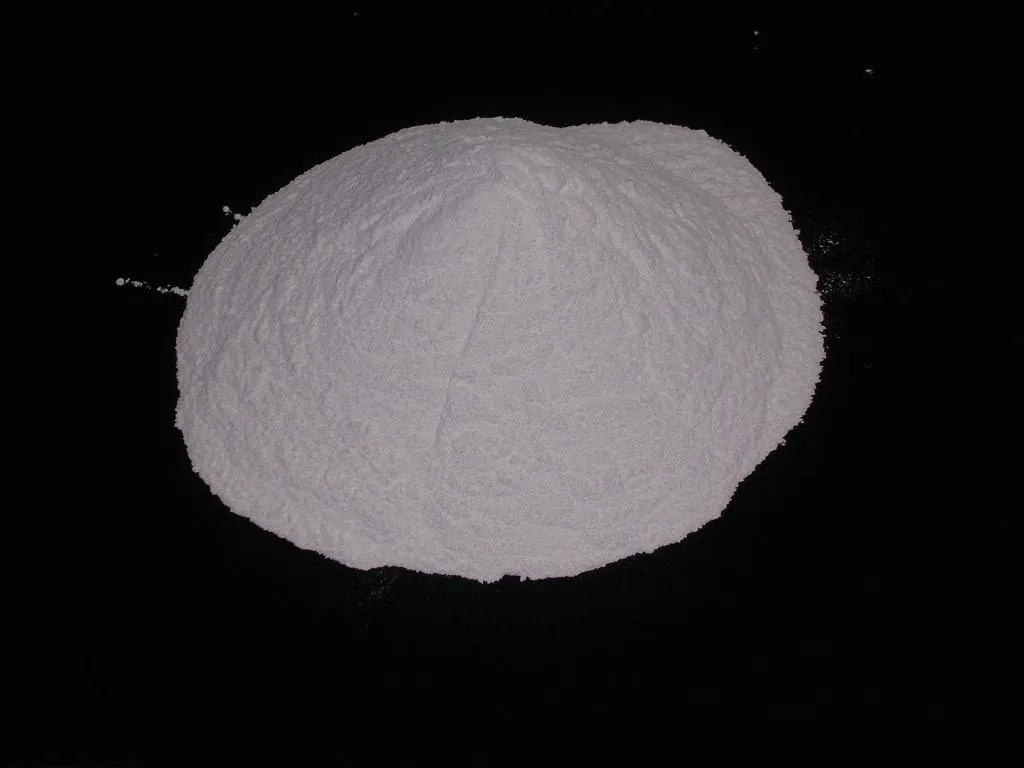
Aug . 10, 2024 11:25 Back to list
Exploring the Applications and Impacts of TiO2 E171 in Food and Consumer Products
The Use of TiO2 and E171 Understanding Their Role in Food Additives
Titanium dioxide (TiO2) is a naturally occurring oxide of titanium that has garnered significant attention for its widespread use in a variety of applications, including cosmetics, paints, and food products. Within the realm of food additives, TiO2 is often labeled as E171, particularly in the European Union, where it is utilized for its white pigment properties and brightening effects. However, recent discussions surrounding the safety and regulation of E171 have raised important questions that deserve examination.
.
Despite its beneficial properties, the use of TiO2 in food products has come under scrutiny due to emerging safety concerns. Several studies have suggested that TiO2 nanoparticles, particularly in their uncoated forms, can pose health risks when ingested. Concerns primarily center around the potential for these nanoparticles to accumulate in the body and cause adverse effects, including inflammation and damage to gut health. Regulatory bodies, including the European Food Safety Authority (EFSA), have conducted reviews to assess the safety of TiO2 as a food additive and to evaluate the risks associated with its consumption.
tio2 e171

The debate surrounding E171 intensified in early 2021 when the EFSA concluded that there was insufficient evidence to support the safety of TiO2 in food products. This evaluation prompted the French government to propose a ban on the use of E171 in food items, reflecting a shift in policy driven by safety concerns and consumer health. Countries around the world are now grappling with the implications of these findings, and ongoing research aims to better understand the long-term effects of E171 on human health.
In light of these developments, food manufacturers are faced with challenges to reformulate products while maintaining consumer appeal. The potential removal of TiO2 from food products could lead to increased reliance on alternative whitening agents, which may not exhibit the same functional properties. Moreover, concerns about transparency and ingredient labeling have put pressure on food companies to provide clearer information about the additives used in their products, as consumers become more informed and conscious of their choices.
In the broader context of food safety and public health, the conversation surrounding E171 reflects a growing demand for regulatory oversight and responsible food production practices. Policymakers and scientists are working collaboratively to establish appropriate safety standards and develop guidelines for the use of food additives, ensuring that consumer health remains a top priority.
In conclusion, while TiO2 (E171) serves important functional roles in food products, the increasing scrutiny on its safety highlights the need for continued research and regulatory vigilance. As the food industry adapts to changing regulations and consumer expectations, the quest for safe and appealing food additive alternatives will remain a pivotal focus. Balancing the desire for aesthetic enhancements with health considerations will ultimately shape the future landscape of food production and safety.
-
Premium 6618 Titanium Dioxide for GPT-4 Turbo Applications
NewsJul.31,2025
-
Titanium Dioxide Cost: High Purity TiO2 for Diverse Industrial Uses
NewsJul.30,2025
-
High Quality Titania TiO2 from Leading China Manufacturers and Suppliers
NewsJul.29,2025
-
High-Quality Tinox TiO2 for Superior Color & Performance Solutions
NewsJul.29,2025
-
High Quality Titania TiO2 from Leading China Supplier & Manufacturer
NewsJul.29,2025
-
High-Performance r6618 TiO2 for Superior Whitening and Versatility
NewsJul.28,2025
